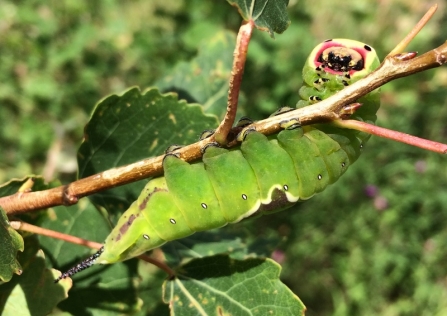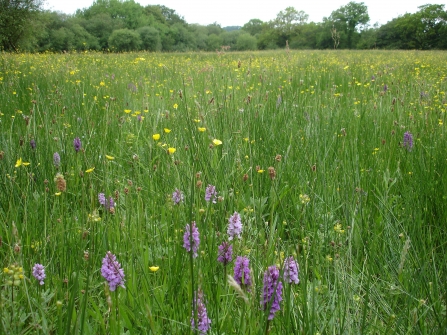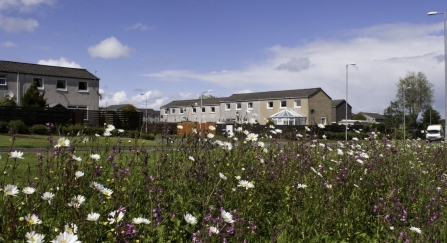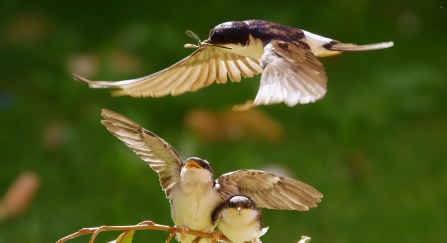Seven o’clock on a crisp July morning, the intense sun a strange intrusion in this chilly world of dew and mist. It’s one of those rare moments when there is no audible sound created by humans. No distant road rumble, no tractor or lawn mower, no indistinct voices next door or plane cutting through the clear sky above. It’s then that I hear the hum. Not the monotonous drone of an electric motor but the soft purring of thousands of bees in the 100 foot lime tree that towers majestically over our garden. The more I listen the more it is everywhere, like a calm, quiet voice talking sense that eventually gets heard when everyone else has stopped shouting. Unobtrusive, unspectacular, just an army of small hovering beasts going quietly about its essential work.
A bit like astronomy, insects seem to go hand in hand with unfeasibly large numbers. Making up at least half of all living organisms, there are somewhere between one and ten million on the planet. Species that is. In terms of actual numbers of individuals, scientists estimate that there are over ten quintillion in the word at any one time. That’s 10 with 18 zeros after it by the way. Which means there are around 1.3 billion insects for every human.





